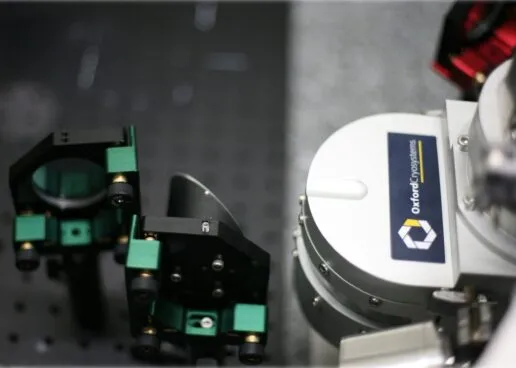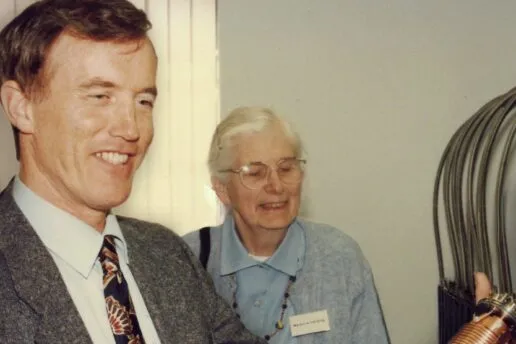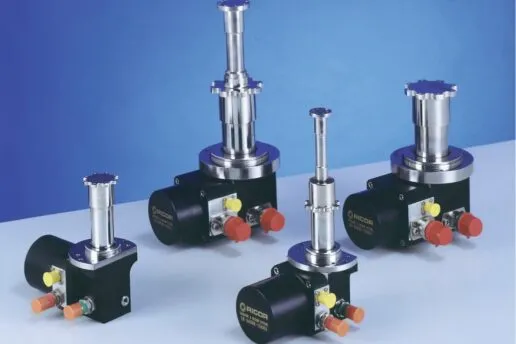Oxford Cryosystems is proud to have contributed a modified Phenix cryostat to the University of Leeds and the United Kingdom Atomic Energy Authority (UKAEA). This equipment played an instrumental role in allowing them to assess the feasibility of using compact Quantum Cascade Lasers (QCLs) in fusion research.
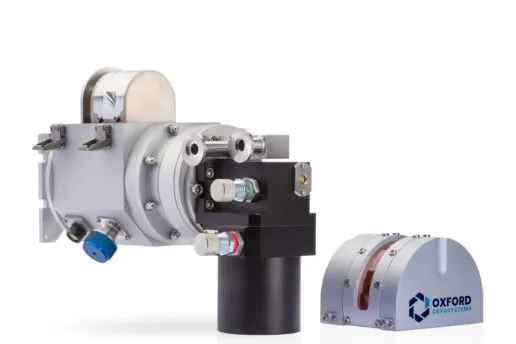
“We’re incredibly proud to support UKAEA & University of Leeds with this project. Customising the Phenix hardware and control software to meet their specific needs was a rewarding challenge for our team, and we’re eager to see how QCLs influence the future of fusion technology.”
Dan Bodio, Managing Director at Oxford Cryosystems
QCLs are currently used in various industries, such as medical diagnostics and imaging systems. They emit in the mid- to far-infrared spectrum and could be capable of continuously monitoring extremely hot plasma, up to 200 million °C. Since the density of plasma directly influences its behaviour, continuously monitoring it is essential for fusion machines. QCLs are one of the key ways to monitor plasma density and have potential to be used in commercial fusion power plants, which will require a highly reliable sensor system for non-stop operations.
To determine the viability of QCLs for this purpose, a QCL laser chip was mounted and operated inside the Phenix cryostat. The team conducted extensive tests on laser beam shape, stability, and long-duration operation. The results have demonstrated the potential of QCLs, and the team are planning their next phase of research, which aims to test the lasers on fusion machines.

“This research showcases the world-leading science and engineering taking place in the UK. We are pleased with the initial results and hope this research could support the acceleration of innovation for the design of future fusion power plants.”
Dr Alexandru Boboc, Division Task Manager for Diagnostics Innovation at UKAEA

Currently, lasers with wavelengths in the range of 20-150 microns (2-15 THz in frequency) are not commercially available, creating the so-called ‘THz gap.’ QCLs not only have the potential to fill this gap but also offer a small form factor, extremely low power consumption (just 10% of traditional lasers), and are up to 10 times more powerful. Compared to large, four-metre-long lasers that require costly gases and high voltage, these benefits make QCLs a promising step toward the commercialisation of fusion energy.
The University of Leeds is a world leader in the development of QCLs and has been developing compact semiconductor lasers that emit terahertz light. They currently hold the world record for the highest power output from this type of laser.
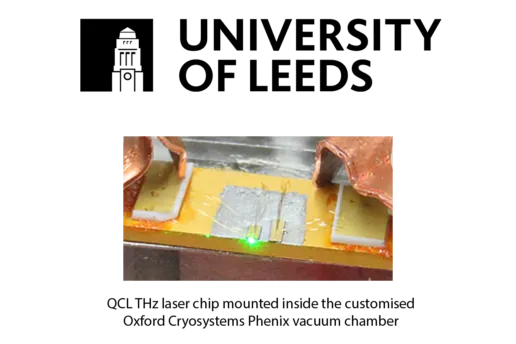
“We are working with UKAEA to replace existing gas laser technology in fusion diagnostics with more compact and powerful lasers, which could solve a number of problems such as cost and sustainability.”
Dr Joshua Freeman, Associate Professor in Electronic and Electrical Engineering at the University of Leeds
Oxford Cryosystems’ Phenix cryostat has been a crucial component in this research, and we remain committed to supporting further advancements and facilitating continued research into this promising technology and the future of commercial fusion power.
Further information
- Learn more about the UK Atomic Energy Authority (UKAEA) Culham Campus.
- Read more about University of Leeds’ research
- Learn about the TeraCom Programme Grant, through which Leeds’ researchers aim to develop the first integrated high-throughput wireless communication systems operating at carrier frequencies >2 THz.
